
Why is Interior Design Important? Can It Affect...
Interior design is more than just aesthetics - it plays a crucial role in shaping how we feel and interact with our surroundings. In fact, interior design can have a significant impact on our mental, emotional, and even physical well-being.
From calming and comfortable spaces to energizing and inspiring environments, the importance of an interior designer cannot be overstated. Our surroundings can influence productivity and creativity, highlighting the vital role of thoughtful design in our daily lives.
Why Should you Care About Interior Designing?
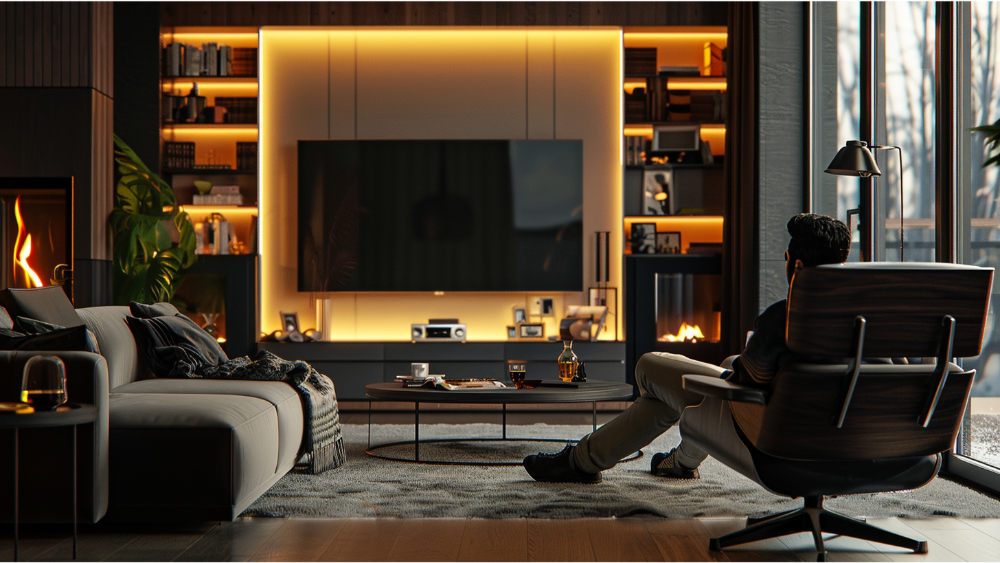
The spaces we inhabit have a direct effect on our mood, behavior, and overall health. With the average person spending 90% of their time indoors, it's important to create spaces that promote well-being and enhance quality of life. This is where interior design comes in - it has the power to transform any space into a functional, aesthetically pleasing, and emotionally satisfying environment.
The Role of Interior Design in Our Lives
Interior design not only enhances the visual appeal of a space, but it also serves a practical purpose. A well-designed and organized interior can improve functionality by maximizing the use of space, improving flow and circulation, and increasing efficiency. For example, incorporating ergonomic furniture and utilizing natural lighting can greatly enhance productivity in an office space.
The Impact of Colors and Lighting

Colors and lighting are two key elements in interior design enhances how we feel. Different colors evoke different emotions, such as red for passion and energy, blue for calmness and serenity, and yellow for happiness and optimism. Similarly, proper lighting can create ambiance, enhance mood, and even improve our circadian rhythm.
Connection to Nature
Incorporating elements of nature in interior design has become increasingly popular, and for good reason. Natural elements such as plants, natural light, and materials like wood can bring a sense of calmness, tranquility, and harmony to a space. This connection to nature has been linked to reducing stress, boosting creativity and productivity, and promoting overall well-being.
Personalization and Self-Expression
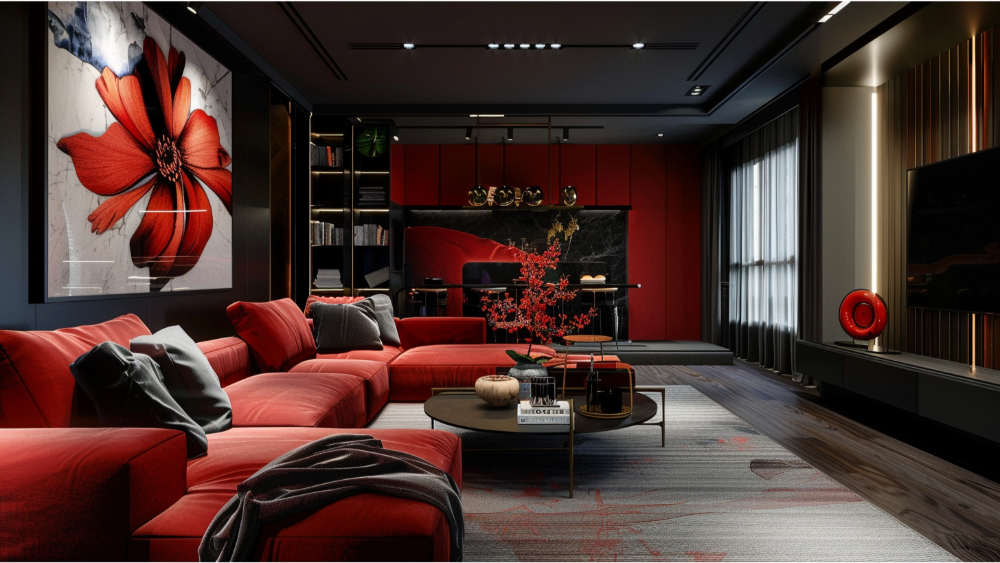
Interior design allows individuals to personalize their space and express themselves through their surroundings. This can have a profound impact on mental health, as it provides a sense of ownership, comfort, and self-expression. Whether it's through colors, patterns, or decor, interior design allows us to create spaces that reflect our personality and make us feel at home.
Comfort and Relaxation
An interior designer plays a vital role in making spaces comfortable, functional, and inviting. A well-designed space should evoke a sense of relaxation and comfort, promoting rest and rejuvenation. From cozy bedrooms to inviting living rooms, the importance of creating comfortable spaces cannot be overstated.
The Power of Space
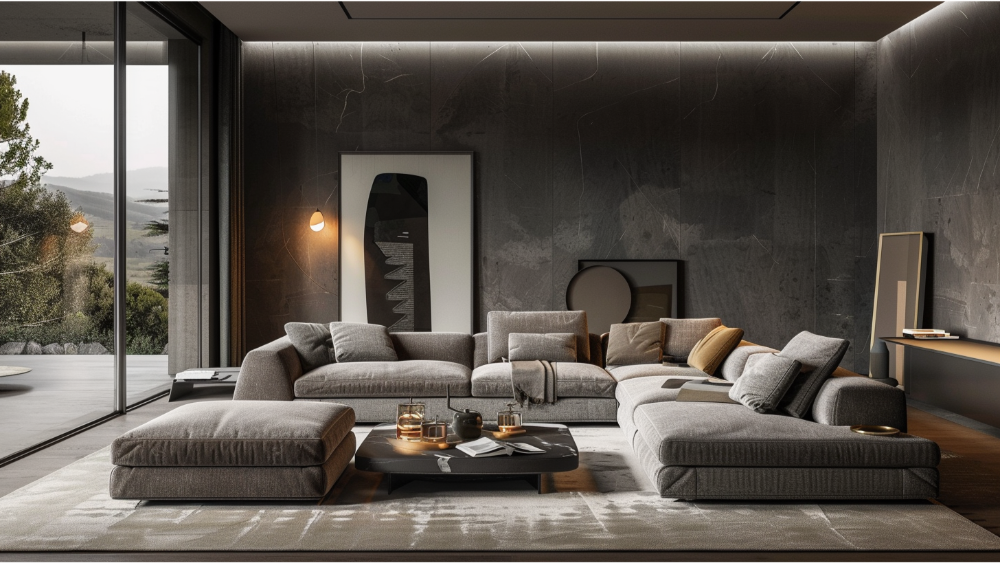
Our surroundings have a powerful influence on our mood and behavior. Just think about how you feel when you enter a cluttered, chaotic room compared to a clean, well-organized one. An interior designer has the experience to create spaces that not only look beautiful but also incorporates smart storage solutions that feel both functional and inviting.
Creating Harmony
One of the key elements of interior design is creating harmony between different elements in a space. This can include the use of colors, textures, and patterns that complement each other, as well as choosing furniture and décor that work together to create a cohesive look. When done effectively, this can promote a sense of balance and well-being in our surroundings.
Enhancing Functionality
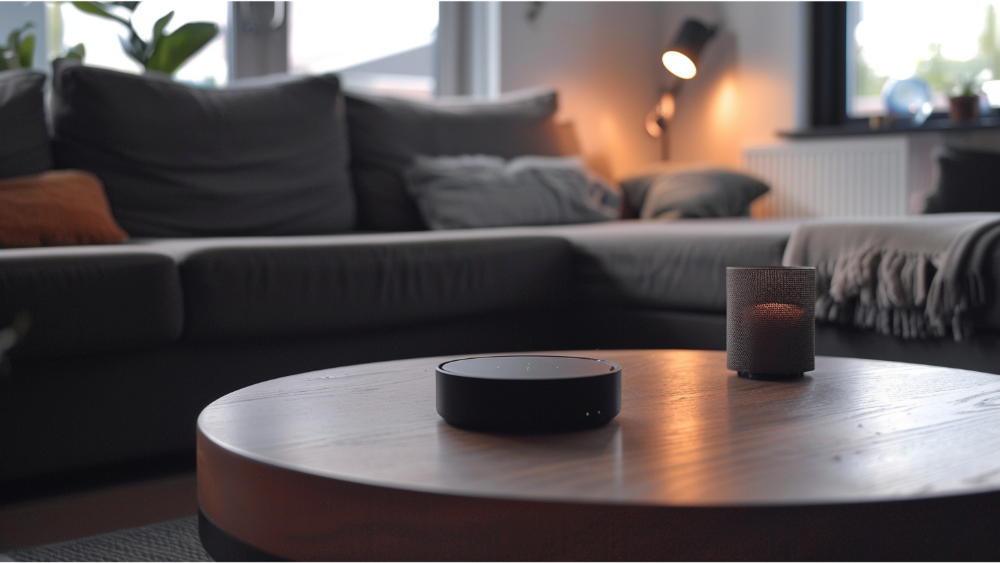
Interior design is not just about aesthetics - it also involves making spaces more functional and practical. This can include things like optimizing space for storage, ensuring proper lighting for different activities, and choosing materials that are durable and easy to maintain. By improving the functionality of a space, interior design can make our daily lives easier and more efficient.
Reflecting Personal Style
Interior design is a form of self-expression - it allows us to showcase our personal style and preferences in our living spaces. By choosing colors, décor, and furniture that resonates with us, we can create a home or workspace that truly feels like our own. This personal touch can contribute to a sense of comfort and belonging within our surroundings.
Impact on Mental Health

The design of our surroundings can have a profound impact on our mental well-being. A messy and chaotic space can cause stress and anxiety, whereas a neatly arranged environment can encourage calmness and relaxation. In fact, studies have shown that thoughtful interior design can improve our mood and reduce symptoms of depression and anxiety.
Impact on Productivity
In addition to influencing our mental health, interior design also has an impact on our productivity levels. A well-designed workspace can promote creativity and focus, while a poorly designed one can lead to distractions and decreased efficiency. By creating an environment that is conducive to productivity, interior design has the power to improve our work performance.
Different Interior Designs for Different Needs
Interior design is not a one-size-fits-all approach - it can be tailored to meet the specific needs and preferences of individuals. Whether it's a minimalist design for those who prefer simplicity, a bohemian style for those who love eclectic and vibrant spaces, or modern interior designs for those who prefer sleek and clean lines, there is a design style that can cater to any personality or lifestyle. Interior designers help us to create a space that align with our unique personality and lifestyle.
The Difference Between a Good Interior and a Bad One
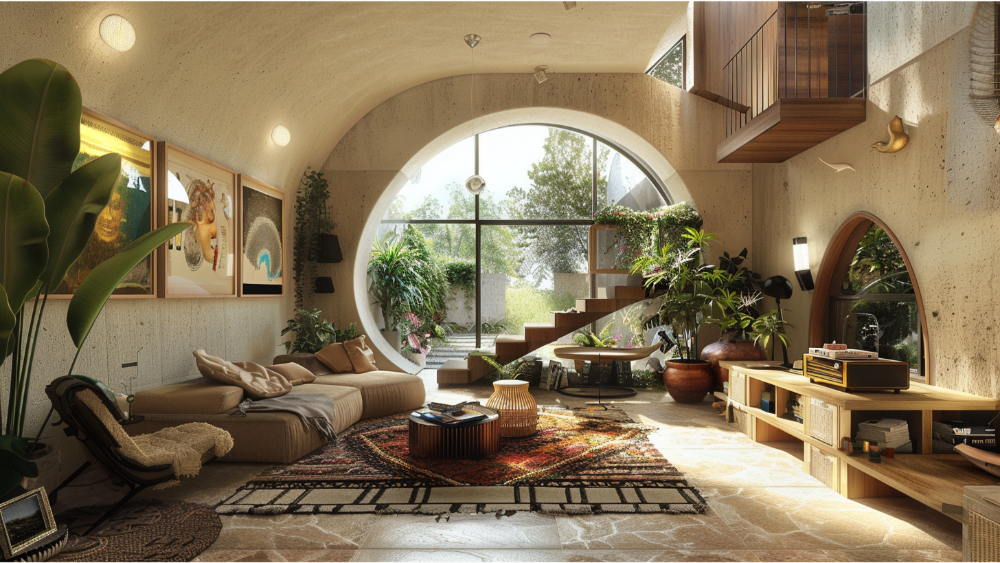
Investing in good interior design can make a significant difference in our daily lives. A well-designed interior architecture can promote comfort, functionality, and harmony, while a poorly designed one can lead to stress, frustration, and discomfort. By understanding the importance of interior design and its impact on our well-being, we can create spaces that enhance our quality of life. So the next time you're in a well-designed space, take a moment to appreciate the thought and care that went into creating it.
Should I Hire an Interior Designer?
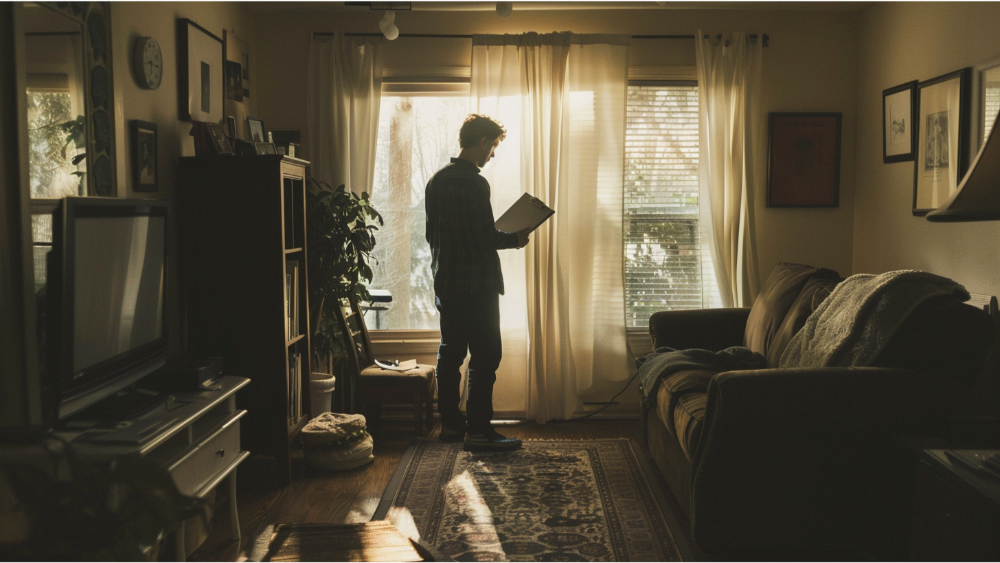
The interior design profession is often misunderstood, with many people assuming that it's a luxury reserved for the rich and famous. However, hiring a good interior designer can be beneficial for anyone looking to improve their living space. Not only do they have the expertise and knowledge to create functional and beautiful interiors, but they also have access to resources and discounts that can help save money in the long run.
By considering the impact of interior design on our lives, we can better understand its importance and make informed decisions when it comes to designing our surroundings.
So if you want to truly transform your space into a sanctuary that promotes well-being and enhances your quality of life, don't underestimate the power of interior design. Invest in creating a space that reflects your personal style, enhances functionality, and promotes a sense of harmony and balance.
Interior Design Firm vs Interior Designer
When considering hiring someone to help with your interior design needs, you may come across both interior design firms and individual interior designers. While both options can provide quality service, there are some differences worth noting.
An interior design firm typically has a team of designers and support staff, allowing for a wider range of expertise and resources. They may also have access to showrooms and product discounts that individual designers may not have.
On the other hand, hiring an individual interior designer may allow for a more personalized and hands-on experience. They can work closely with you to understand your needs and preferences, and you may have direct access to them throughout the design process. Ultimately the decision depends on your specific budget and needs.
How Long Does an Interior Design Project Take?
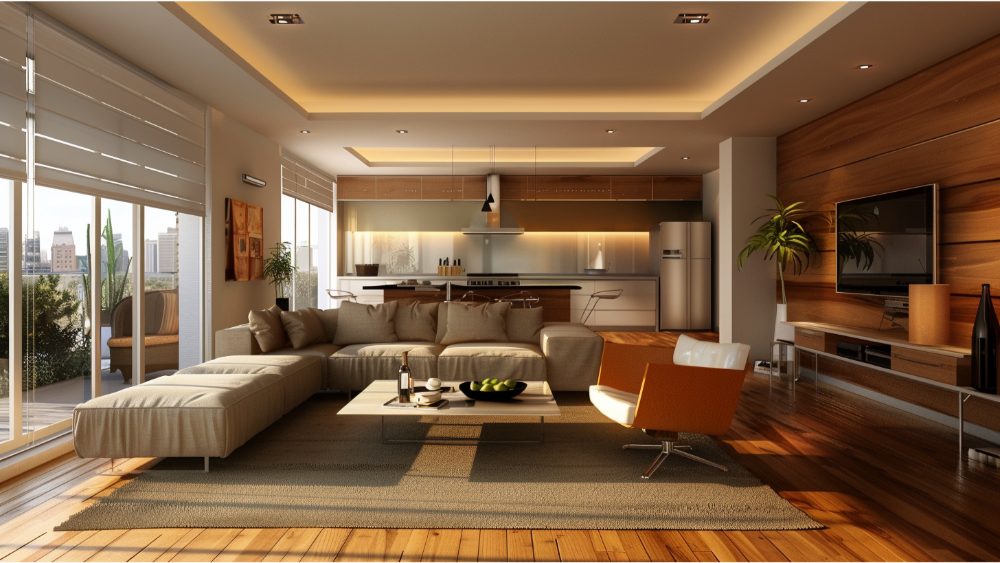
The timeline for interior design projects can vary depending on the scope and complexity of the project. A residential interior spaces may take a few weeks to a couple of months, while larger a commercial space may take several months or even up to a year to complete. The timeframe also depends on factors such as budget, availability of materials, and any necessary renovations.
It's important to have a clear understanding of your goals and timeline before starting an interior design project, as this can help you plan accordingly and manage expectations. Working closely with your interior designer can also ensure that the project stays on track and is completed within the desired timeframe.
Frequently Asked Why is Interior Design Important Questions
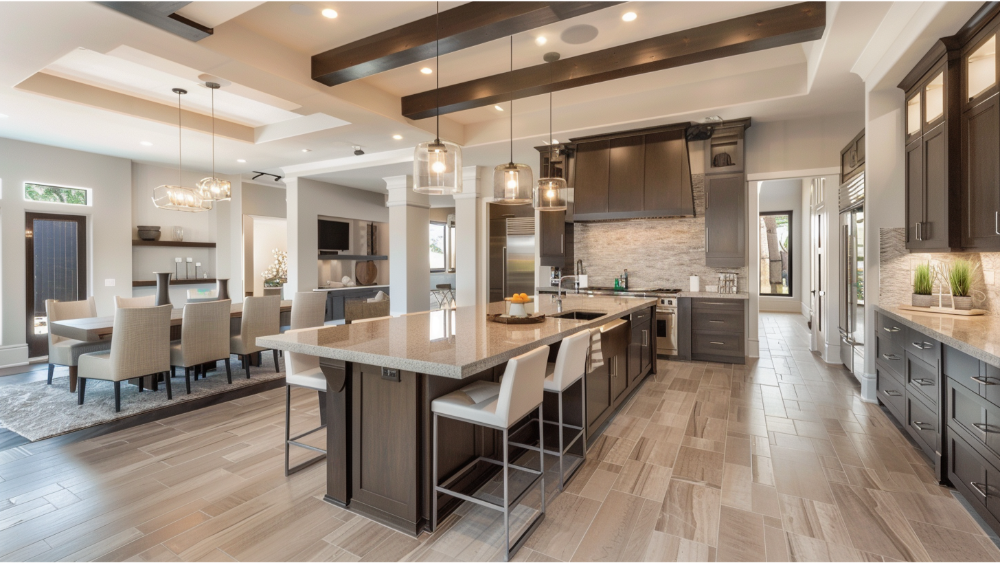
Do I need to hire a professional interior designer?
It depends on your personal preferences and the complexity of the project. While hiring professional interior designers they can ensure a well-designed space, it is also possible to incorporate good design principles yourself with some research and planning.
How do I choose the right colors for my space?
Think about the purpose of the area and the atmosphere you aim to establish. Warm colors like red, orange, and yellow add liveliness and energy, while cool shades such as blue, green, and purple promote tranquility; don't hesitate to use resources like color wheels.
Can interior design impact my overall well-being?
Yes, studies have shown that thoughtful interior design can improve mental health and overall well-being by promoting relaxation, reducing stress, and improving mood.
What are some budget-friendly ways to incorporate interior design?
Some budget-friendly options include repurposing old furniture, using paint or wallpaper to add color and texture, incorporating plants for a touch of nature, and adding personal touches through decor and accessories. So, it is possible to achieve good design even with a limited budget.
However, hiring a professional interior designer can also help to make the most out of your budget and create a well-designed space that meets your needs and preferences.
Conclusion
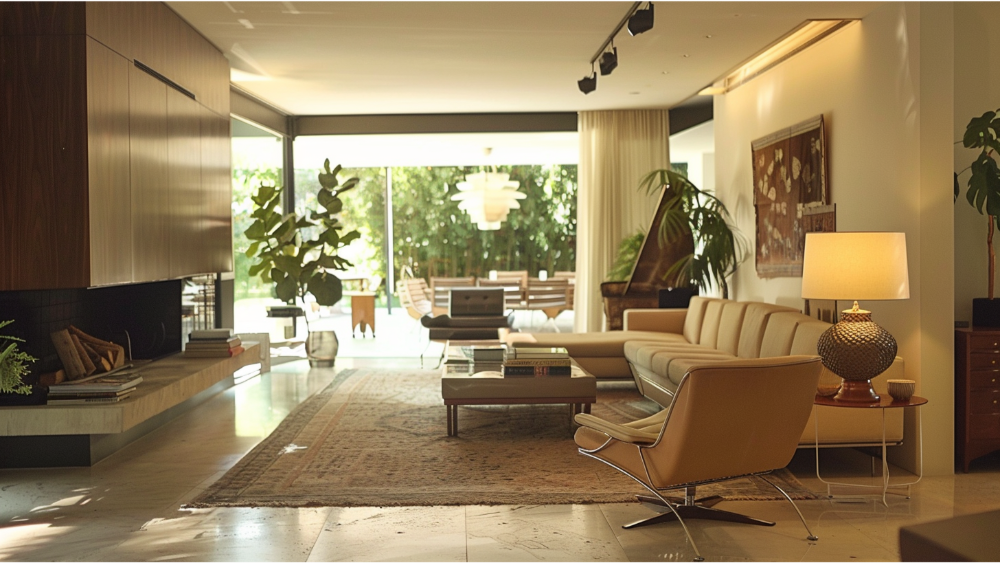
Interior design is much more than just being visually appealing - it encompasses functionality, personal style, and well-being. By investing in interior design professionals, we can create spaces that not only look beautiful but also enhance our daily lives.
Whether you hire a professional or take on the project yourself, thoughtful interior design can make a significant difference in our overall quality of life. So don't underestimate the power of design and make sure to prioritize it when creating your living or work space.




